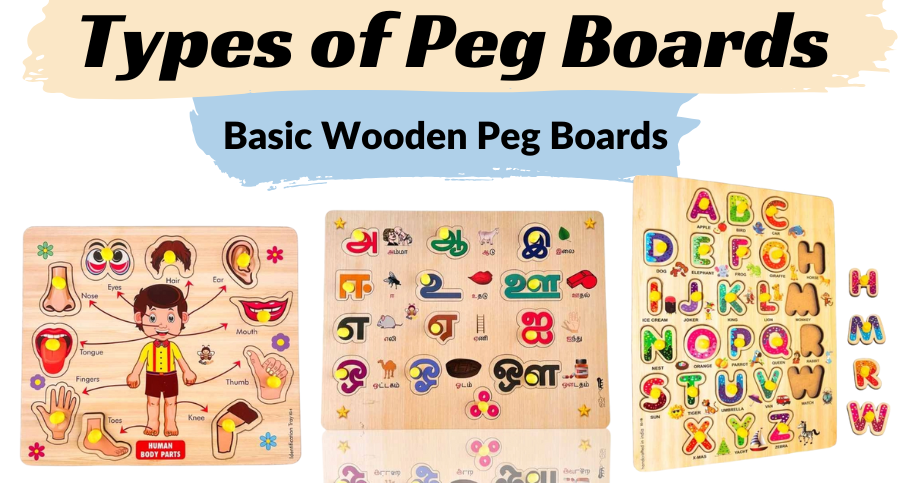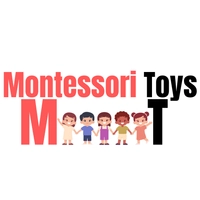Peg Boards for Preschool Learning
I never thought a tray with holes and some colorful pegs would become my daughter's favorite toy. But after watching her spend hours arranging and rearranging those little pegs, I've become a huge fan of peg boards for preschoolers. They're simple, affordable, and surprisingly powerful for learning.
What's the Big Deal About Peg Boards?
Peg boards might look basic, but don't let that fool you. These humble toys pack a serious educational punch. My neighbor Lisa, who runs a preschool from her home, swears by them. "I've tried all sorts of fancy educational toys," she told me, "but I keep coming back to peg boards. The kids love them, and I can see real progress in their skills."
They Build Hand Muscles
Those tiny fingers need to develop strength and control before they can hold pencils properly. Picking up pegs and placing them in holes helps build the exact muscles kids need for writing later on.
My son used to struggle with holding crayons, but after a few weeks of playing with peg boards, his grip improved dramatically. Now he can color for ages without getting tired.
They Teach While Kids Play
The beauty of peg boards is that kids think they're just having fun. They don't realize they're learning counting, patterns, colors, and problem-solving all at once.
Last week, I watched my daughter sort all the pegs by color, then count each pile. She was doing math without even knowing it!
Types of Peg Boards Worth Trying
Not all peg boards are created equal. Here are some that have worked well for us:
Basic Wooden Peg Boards
These are the classics - a wooden board with holes and colorful wooden pegs. They're perfect for beginners and still challenging enough for older preschoolers.
My friend Jack bought one for his 2-year-old son, and it's still going strong three years later. Now his son creates elaborate patterns and designs with the same toy he started with.

Light Boards
These modern versions have holes that light up, adding another sensory element to the play. My nephew Tommy, who usually can't sit still for more than two minutes, will spend half an hour working with his light-up peg board.
Pegboard Pattern Cards
These cards show patterns that kids can recreate with their pegs. They start simple and get more complex, growing with your child's abilities.
My daughter's preschool teacher uses these cards to challenge kids at different levels. Some kids follow the patterns exactly, while others use them as inspiration for their own creations.
Real Learning Happens with Peg Boards
Math Skills Develop Naturally
Kids count pegs, create patterns, and learn about spatial relationships without realizing they're doing math. It's learning disguised as play - the best kind!
I watched my son and his friend take turns adding pegs to a board, counting as they went. They were practicing addition and taking turns, all while having a blast.
Fine Motor Skills Improve
The pincer grasp (using thumb and forefinger to pick up small objects) is crucial for writing, and peg boards are perfect for developing this skill.
My daughter's occupational therapist actually recommended peg boards when she was struggling with scissors and pencil grip. The improvement after a few weeks was remarkable.
Focus and Concentration Grow
In our distraction-filled world, the ability to focus on one task is increasingly rare and valuable. Peg boards encourage kids to concentrate for longer periods.
My usually bouncy 4-year-old will sit for 20 minutes working on his peg board creations. That might not sound like much, but for him, it's a huge improvement!
Making the Most of Peg Board Play
Keep It Fresh
Change up how you use the peg board to keep kids interested:
- Create color patterns one day
- Make shapes and letters another day
- Try copying patterns from cards
- Race to fill a row or column
When my son started losing interest in his peg board, I drew some simple shapes on paper and challenged him to recreate them with pegs. Suddenly, the toy was exciting again!
Play Together Sometimes
While independent play is valuable, joining in occasionally shows kids new possibilities and makes the experience more fun.
My daughter and I take turns adding pegs to create a design together. It's become our special activity when her little brother naps.
Don't Rush
Let kids work at their own pace. Some will methodically fill every hole, while others create random designs. Both approaches have value.
I used to try to "help" my son by showing him how to create patterns, but I noticed he got frustrated. When I backed off and let him explore in his own way, he enjoyed it much more and actually learned faster.
Why Choose Wooden Peg Boards?
After trying plastic versions that broke easily, I'm sold on wooden peg boards. They're:
- Sturdier and last longer
- More pleasant to touch
- Better for the environment
- Often safer (fewer small parts that can break off)
My daughter's wooden peg board has survived two years of daily play, while her plastic one lasted barely a month before pegs started breaking.
Beyond the Basics: Creative Ways to Use Peg Boards
Seasonal Activities
Use peg boards to create holiday-themed patterns or count down to special events. My son's preschool used a peg board to count down to Christmas, removing one peg each day.
Letter and Number Recognition
Create letters and numbers with pegs, or outline them on paper and have kids fill them in with pegs. This combines fine motor practice with early literacy.
My friend's daughter learned all her letters this way - much more engaging than flashcards!
Color Mixing Lessons
With translucent pegs and a light board, kids can learn about color mixing in a hands-on way. My nephew was amazed when he put a blue peg next to a yellow one on his light board and saw green where they overlapped.
Real Talk: The Downsides
Let's be honest - peg boards aren't perfect:
- Those pegs can hurt when stepped on (almost as bad as Legos!)
- Small pegs can be a choking hazard for younger siblings
- Some kids might lose interest quickly if not challenged
We keep our peg board on a high shelf and only bring it down for supervised play since my toddler still puts everything in his mouth.
Worth the Investment?
After seeing the benefits firsthand, I'd say absolutely yes. A good wooden peg board costs about the same as a pizza night out, but provides months or years of learning and play.
My daughter's 199 wooden peg board has outlasted dozens of more expensive toys. Cost per hour of play, it's probably the best value in our toy collection.
The real magic of peg boards is how they grow with your child. What starts as simple peg placement for a 2-year-old becomes pattern creation for a 3-year-old and creative design for a 4 or 5-year-old. Few toys span developmental stages so effectively.
So if you're looking for a preschool toy that actually teaches while entertaining, grab a peg board. Your child's growing brain (and your wallet) will thank you!.

